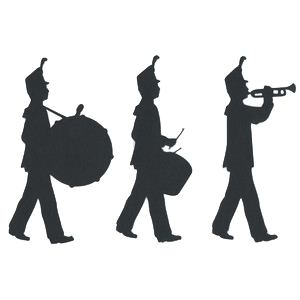This paper takes a critical look at recently published biographies of two modern day Chan/ Zen teachers in America. The popular American magazine “Tricycle: A Buddhist Review” printed both biographies, making them widely available to the diverse American Buddhist communities and the interested general reader. Both biographies were presented as straightforward reporting of enlightened Chan/Zen2 figures. Biography is a literary genre that implies a level of accuracy with the implications that what is presented is an actual life, not concocted fiction. Religious biographies, however, are rarely simple, straightforward, or disinterested. As with any other text, these texts are interactive; that is, they are written and published for chosen audiences with specific intentions. This article looks at the constructed nature of these two contemporary biographies, and the role they play in generating and maintaining the view of the selfless, wise, often iconoclastic, and legitimate Chan masters. The paper also examines the elements of these constructions and shows that the literary genre used, hagiography, 3 bears strong resemblances to that used in Zen’s formative period, the Tang and early Song dynasties in China.

![]() When the Saints Go Marching In: Modern Day Zen Hagiography368.83 KB26/01/2012, 12:43
When the Saints Go Marching In: Modern Day Zen Hagiography368.83 KB26/01/2012, 12:43
Copyright@ 2011 Stuart Lachs. Reprinted here with permission of the author.
This paper takes a critical look at recently published biographies of two modern day Chan/ Zen teachers in America. The popular American magazine “Tricycle: A Buddhist Review” printed both biographies, making them widely available to the diverse American Buddhist communities and the interested general reader. Both biographies were presented as straightforward reporting of enlightened Chan/Zen2 figures. Biography is a literary genre that implies a level of accuracy with the implications that what is presented is an actual life, not concocted fiction. Religious biographies, however, are rarely simple, straightforward, or disinterested. As with any other text, these texts are interactive; that is, they are written and published for chosen audiences with specific intentions. This article looks at the constructed nature of these two contemporary biographies, and the role they play in generating and maintaining the view of the selfless, wise, often iconoclastic, and legitimate Chan masters. The paper also examines the elements of these constructions and shows that the literary genre used, hagiography, 3 bears strong resemblances to that used in Zen’s formative period, the Tang and early Song dynasties in China. Read more...
